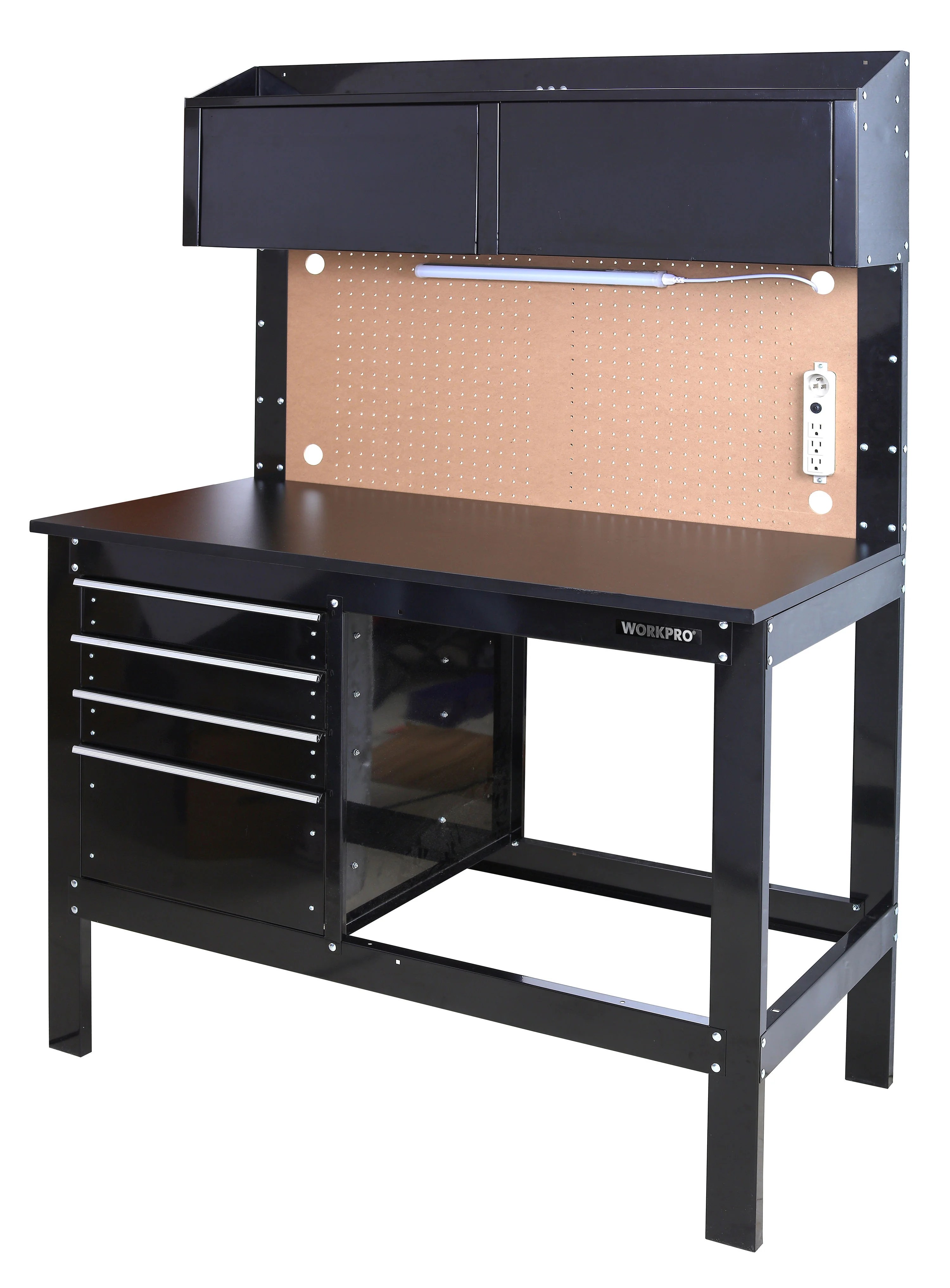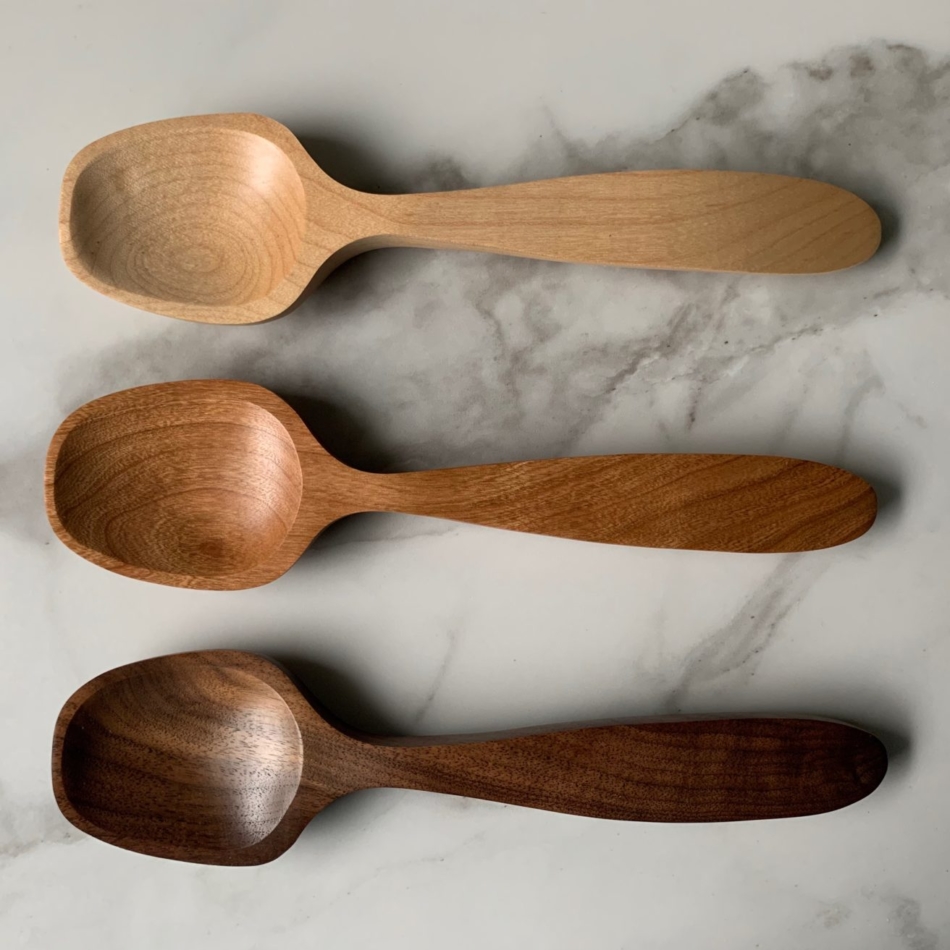 theporchswingcompany.com
theporchswingcompany.com Introduction: Relax and Enjoy with Your Own DIY Porch Swing Building your own porch swing is a rewarding project that adds charm and comfort to your outdoor space. This step-by-step guide will walk you through the process, from gathering materials to enjoying your finished swing. Let's get started!
Step 1: Gather Your Materials and Tools Before you begin, make sure you have everything you need. This will save you time and frustration later. Here's a list of essential items: Lumber: Choose weather-resistant wood like cedar, redwood, or treated pine. You'll need enough for the seat, backrest, armrests, and supports. The amount depends on the desired swing size. Hardware: Screws, bolts, nuts, washers, eye bolts, and chain. Stainless steel is recommended for outdoor use. Tools: Saw (circular saw or hand saw), drill, measuring tape, level, sandpaper, wrench, safety glasses, pencil. Optional: Wood stain or paint, polyurethane sealant.
Step 2: Cut the Lumber Accurately cutting the lumber is crucial for a stable and comfortable swing. Follow these general dimensions (adjust to your preference): Seat Slats: 4-6 pieces, 24-48 inches long (depending on desired width). Seat Supports: 2 pieces, same length as seat slats. Backrest Slats: 4-6 pieces, 24-48 inches long (same as seat slats). Backrest Supports: 2 pieces, taller than the seat supports for back support angle. Armrests (Optional): 2 pieces, length according to comfort, typically 12-18 inches. Armrest Supports (Optional): 4 pieces, short supports for attaching armrests. Use your saw to carefully cut each piece to the specified length. Sand down any rough edges for a smooth finish.
Step 3: Assemble the Seat The seat is the foundation of your swing. Attach the seat slats to the seat supports using screws. Ensure the slats are evenly spaced. Reinforce the joints with wood glue if desired, for extra strength. Check for squareness using a level or measuring tape. Make adjustments as needed.
Step 4: Assemble the Backrest The backrest provides support and comfort. Attach the backrest slats to the backrest supports using screws, similar to the seat assembly. Angle the backrest supports slightly outward for better back support. Ensure the backrest is securely attached to the seat. You can use screws, bolts, or wood glue for a strong connection. Consider the angle of the backrest. A slight recline makes the swing more comfortable.
Step 5: Add Armrests (Optional) Armrests enhance comfort and aesthetics. Attach the armrest supports to the seat, positioning them where you want the armrests to be. Attach the armrests to the armrest supports using screws. Ensure the armrests are level and securely attached.
Step 6: Install Eye Bolts Eye bolts are used to hang the swing. Drill holes in the front and back seat supports, near the corners. The holes should be large enough to accommodate the eye bolts. Insert the eye bolts and secure them with washers and nuts. Make sure the eye bolts are tightly fastened. These will bear the weight of the swing.
Step 7: Finishing and Sealing Protect your swing from the elements. Sand all surfaces again for a smooth finish. Apply wood stain or paint according to your preference. Let it dry completely. Apply a polyurethane sealant to protect the wood from moisture and UV damage.
Step 8: Hang the Swing Hanging the swing properly is essential for safety. Ensure the ceiling or support beam where you'll hang the swing is strong enough to support the weight. Attach S-hooks or quick links to the eye bolts in your swing. Use appropriate length of chain to connect the S-hooks/quick links to the ceiling/beam. Adjust chain length to achieve desired swing height. Test the swing carefully before fully using it. Add weight gradually to ensure stability and proper weight distribution.
Conclusion: Enjoy Your New Porch Swing! Congratulations! You've successfully built your own porch swing. Now, relax, unwind, and enjoy the fruits of your labor. With proper care and maintenance, your DIY porch swing will provide years of comfortable enjoyment. Remember to periodically check the hardware and wood for any signs of wear or damage.
Keystone Amish Co. 5 Foot Sunburst Red Cedar Porch Swing With Cupholde
 theporchswingcompany.com
theporchswingcompany.com Keystone Amish Co. 5 Foot Franklin Porch Swing, Yellow
 theporchswingcompany.com
theporchswingcompany.com Red Cedar Blue Mountain Fanback Porch Swing
 www.fifthroom.com
www.fifthroom.com  pix4free.org ```html
pix4free.org ```html  pngimg.com
pngimg.com  pngimg.com
pngimg.com  atelier-yuwa.ciao.jp ```html
atelier-yuwa.ciao.jp ```html  www.pinterest.com
www.pinterest.com  www.northerntool.com
www.northerntool.com  fity.club
fity.club  www.walmart.com
www.walmart.com  inilahtipsku.blogspot.com
inilahtipsku.blogspot.com  www.vecteezy.com ```html
www.vecteezy.com ```html  commons.wikimedia.org
commons.wikimedia.org  www.pexels.com
www.pexels.com  woodarchivist.com
woodarchivist.com  woodarchivist.com
woodarchivist.com  www.homedepot.com
www.homedepot.com  www.walmart.com
www.walmart.com  ar.inspiredpencil.com
ar.inspiredpencil.com  www.touchofclass.com
www.touchofclass.com  ar.inspiredpencil.com
ar.inspiredpencil.com  www.richardalois.com Here's a step-by-step guide on how to build a simple wooden birdhouse, suitable for beginners.
www.richardalois.com Here's a step-by-step guide on how to build a simple wooden birdhouse, suitable for beginners.  freetunnel.net
freetunnel.net  majandavid.com
majandavid.com  www.amazon.com
www.amazon.com  www.pinterest.com
www.pinterest.com  www.pinterest.com
www.pinterest.com  wallpaperaccess.com
wallpaperaccess.com  octopusdoors.com.au
octopusdoors.com.au  millhollowworks.org
millhollowworks.org  www.vecteezy.com
www.vecteezy.com  fity.club
fity.club  www.pexels.com
www.pexels.com 
